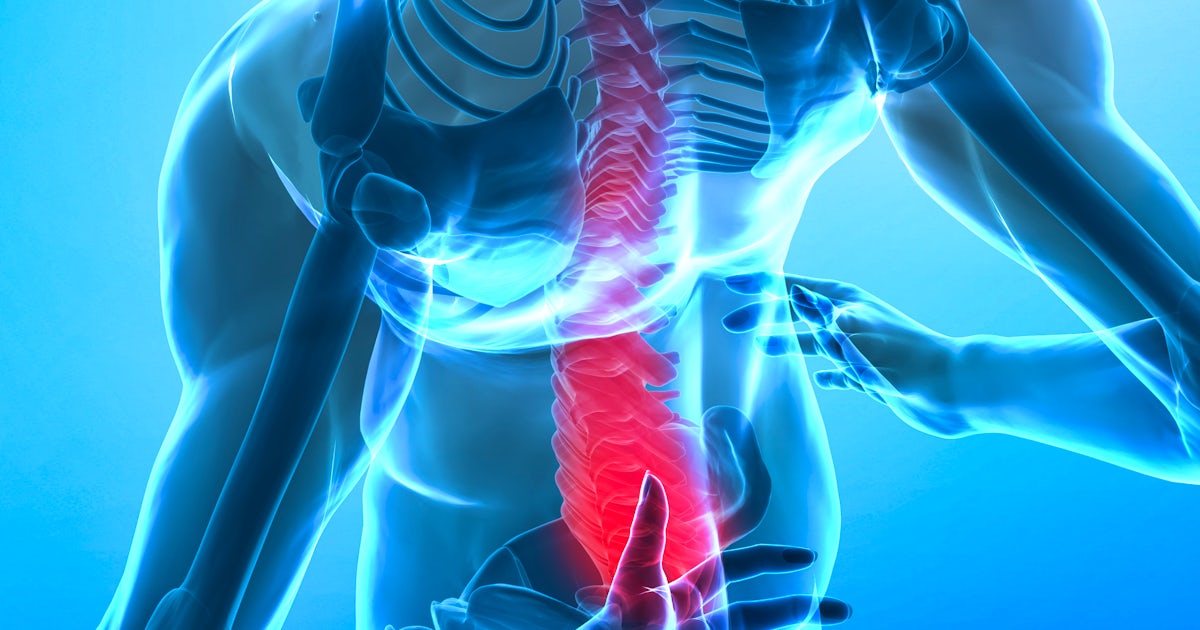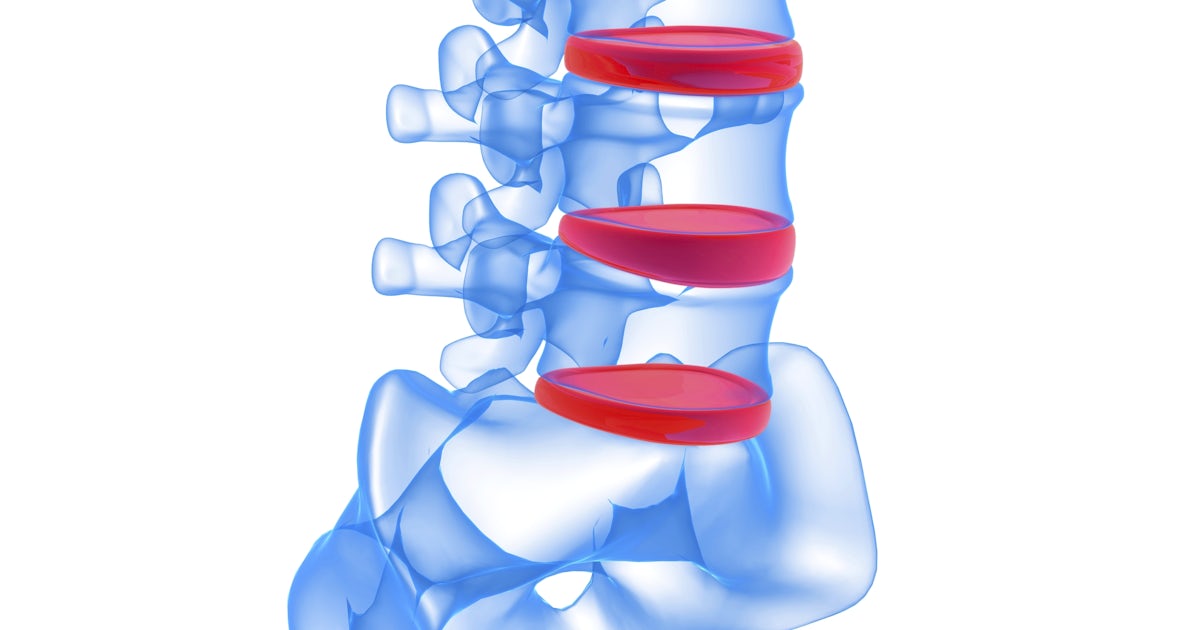One common complaint in just about every Chiropractic clinic is that of the dreaded “Sciatica.” Contrary to many people’s beliefs “Sciatica” is not a diagnosis but rather a symptom. Sciatica simply means that someone is experiencing pain or discomfort in their back and leg. The question that the clinician must answer is always; “why is this happening?” Scatica can be the result of a few different diagnoses. It could be the result of a nerve being pinched by a disc herniation, it could be the result of arthritis, or quite commonly it is caused by tight muscles in the back, glutes and hips.
So what is “Piriformis Syndrome” and what does it have to do with sciatica? One common cause of sciatic nerve impingement is the piriformis muscle. This muscle lies deep to your glutes and works as and external rotator of the leg. In majority of people the sciatic nerve passes underneath the piriformis muscle, however in some the nerve passes through the muscle making it more susceptible to impingment. Most patients presenting with this condition complain mainly of deep, dull gluteal pain. This can also be experienced as burning and tingling in the leg which is noted by many people depending on position. One of the main causes of piriformis symdrome is poor biomechanics of the pelvis and spine. This could be due to muscle imbalances, poor posture, or simply an increase in training intensity or change in terrain. When the muscle becomes too tight, it spasms compressing the neve causing you pain!
Runners pay attention, this is one of the most common problems runners present with in my office! Why? Running is very linear, relying mostly on the glute maximus for hip extension and the quads for hip flexion. This means that the glute maximus will often develop trigger points causing spasms which will compress the prirformis muscle.
A few tips for prevention:
- Your body is like a high peformance car, it is very in-tune and even the smallest deviation can cause major problems. See a Chiropractic Physician! Poor biomechanics will always lead to issues.
- Warm-up before your work-out’s with light jogging or walking.
- Stretch your hamstrings, calves, and glutes
Think you may have Piriformis Sydrome ? We have successfully helped many runner’s and athletes with this condition. Give us a call! (781) 460-0939
Keep Moving.


